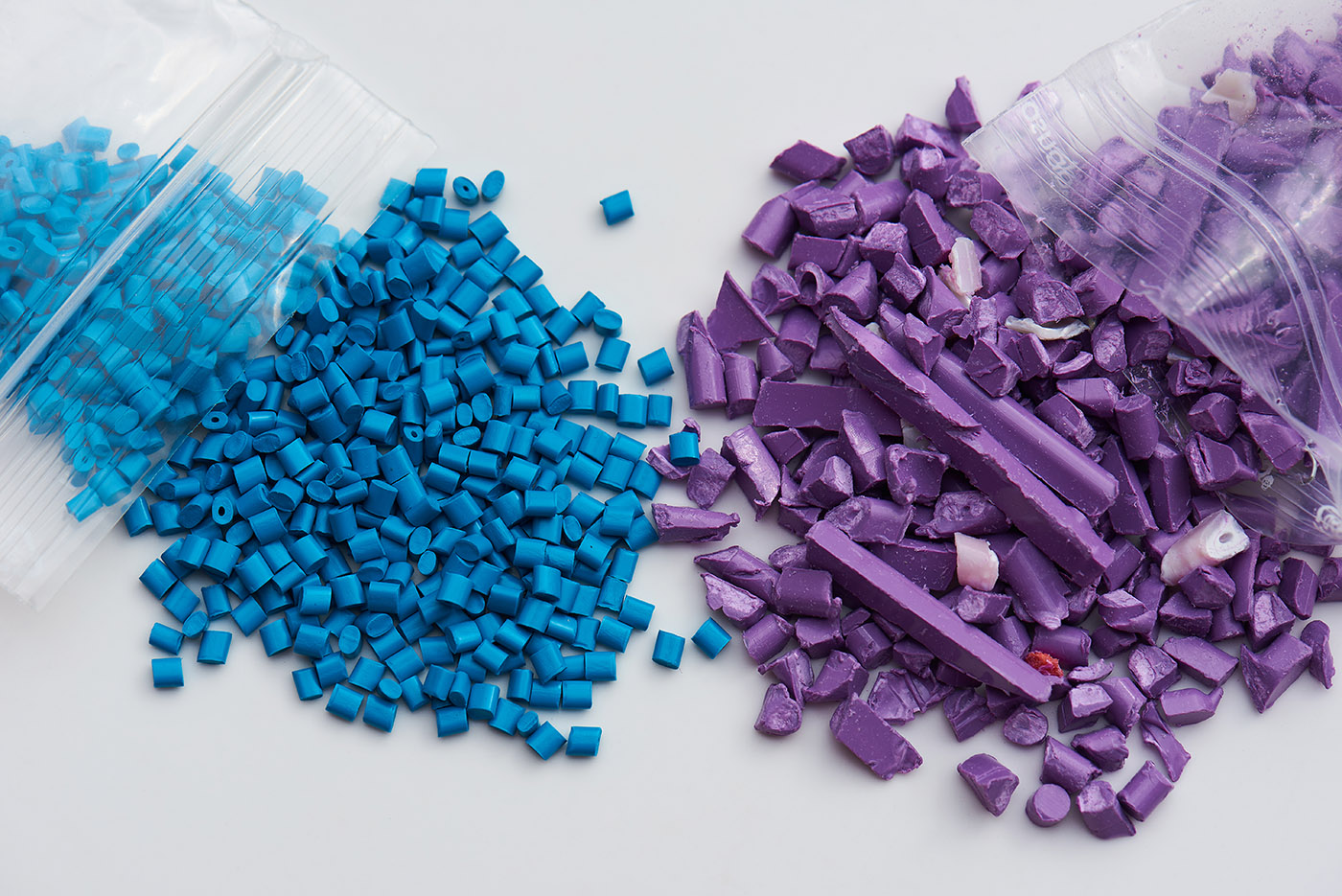What Is a Plasticizer?
A plasticizer is a chemical additive that enhances the flexibility, durability, and workability of materials, primarily plastics. These compounds are most commonly used in polyvinyl chloride (PVC) products, making them softer and more pliable. Without plasticizers, many plastic materials would be brittle and difficult to process, limiting their applications in various industries.
How Do Plasticizers Work?
Plasticizers function by embedding themselves between the polymer chains of a material, reducing the intermolecular forces that hold these chains together. This results in increased mobility and flexibility, allowing the material to bend and stretch without breaking. The effectiveness of a plasticizer depends on its compatibility with the polymer and its ability to maintain performance over time without leaching or degrading.
Types of Plasticizers

There are several types of plasticizers, categorized based on their chemical composition and application. Some of the most common types include:
Phthalate Plasticizers: The most widely used class, including DEHP, DINP, and DIDP, known for their efficiency in softening PVC.
Non-Phthalate Plasticizers: Alternatives to traditional phthalates, such as DOTP and DINCH, which are preferred for their lower toxicity and regulatory compliance.
Bio-Based Plasticizers: Derived from renewable sources, such as vegetable oils and citrates, these eco-friendly plasticizers are gaining popularity due to increasing environmental concerns.
In Beihua, we have RUBBER PLASTICIZER A and Protective Wax ML19, which are not in the main stream of plasticizers.
Applications of Plasticizers
Plasticizers are essential in a wide range of industries due to their ability to enhance material properties. Some common applications include:
PVC Products: Used in flooring, cables, automotive interiors, and synthetic leather.
Medical Devices: Found in flexible tubing, blood bags, and gloves.
Food Packaging: Helps maintain flexibility in cling films and plastic wraps.
Adhesives and Sealants: Enhances elasticity and longevity.
Paints and Coatings: Improves spreadability and film-forming properties.
Are Plasticizers Safe?
The safety of plasticizers depends on their chemical composition. Some traditional phthalates have been linked to health concerns, leading to strict regulations in various countries. Regulatory bodies such as the European Chemicals Agency (ECHA) and the U.S. Food and Drug Administration (FDA) oversee the use of plasticizers to ensure they meet safety standards. The industry is moving toward safer alternatives, such as non-phthalate and bio-based plasticizers, to minimize environmental and health risks.
Conclusion
Plasticizers play a crucial role in modern material science, making plastics more flexible, durable, and functional. With increasing regulatory scrutiny, the shift toward safer and more sustainable plasticizers is shaping the future of the industry. As innovations continue, eco-friendly solutions are expected to replace traditional plasticizers, ensuring both performance and safety in various applications.
Understanding plasticizers and their impact allows industries and consumers to make informed choices, balancing performance needs with environmental and health considerations. Please feel free to contact us!
 cwc@jxbh-masterbatch.com
cwc@jxbh-masterbatch.com Jiaxing Beihua Polymer Auxiliaries Co., Ltd. / Shanghai Crystal Wells Chemical New Materials Co., Ltd.
Jiaxing Beihua Polymer Auxiliaries Co., Ltd. / Shanghai Crystal Wells Chemical New Materials Co., Ltd.
































